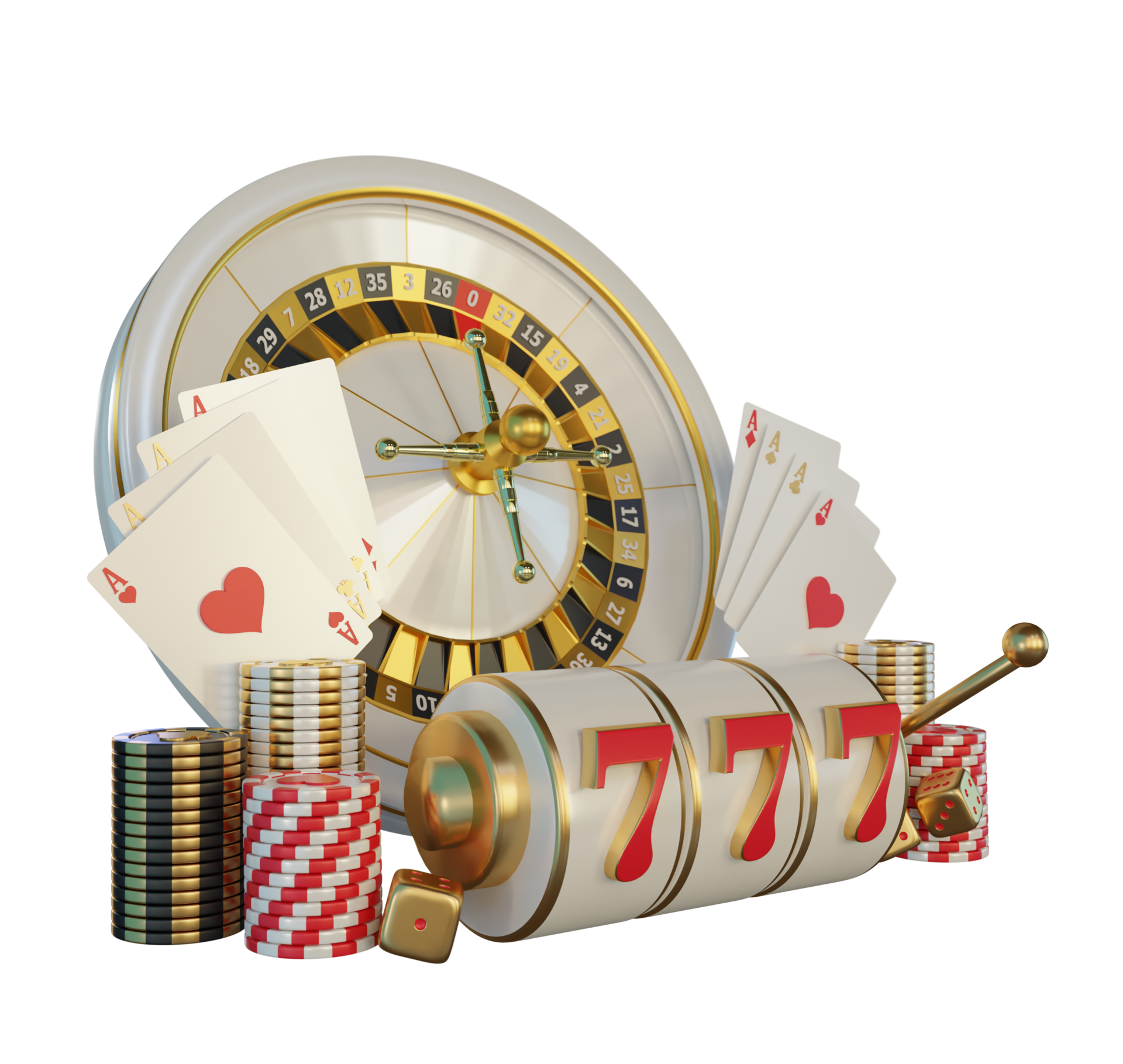When it comes to slot machines, players often find themselves captivated by the flashing lights, exciting themes, and the excitement of the reel spins. But beyond the sparkle and fascination lies an critical concept that every gamer should be aware of: RTP, or RTP. This crucial metric holds great importance in deciding the amount of money you can expect to receive back over time, influencing your gaming experience and strategy as you play.
RTP is commonly stated as a percentage and reflects the average amount of money returned to players compared to the cumulative wagers. For instance, if a slot game has an RTP of ninety-five percent, it means that, on average terms, players can expect to get back ninety-five dollars for each $100 wagered. Understanding this concept can assist players in making educated decisions when deciding on slots to spin, ultimately enhancing their gaming experience at the casino.
What exactly is RTP?
Return to Player, also known as RTP, refers to a crucial factor in the field of casino slots games. It denotes the fraction of total bets that a particular slot machine is programmed to refund to players over time. For example, if a specific slot has an RTP of 95 percent, this means that, hypothetically, players should anticipate to receive back $95 for every 100 dollars wagered during extended play. Understanding RTP helps players evaluate the potential returns of the various slots available.
RTP does not serve as a surety of specific victories but rather an average calculated throughout many spins. Players’ experience may differ significantly because of the chance inherent in slot machines. A higher RTP indicates more favorable odds for the player, making it an essential factor to think about while selecting which slots to play. Still, even with high RTP, there can be stretches during which players encounter losses, since randomness plays a significant role.
It is important to note that various slots have diverse RTP percentages. Some machines may have a lower RTP because of a high level of fun or distinct elements, while others keep a higher percentage to entice more risk-averse players. Recognizing RTP allows players to take informed decisions about their gambling strategies and control their bankrolls wisely while relishing the adrenaline of casino slot games.
How Return to Player is Being Determined
The Return to Player, also known as Return to Player, represents a key indicator in the world of casino slot machine titles. This represents the percentage from total bet money that a gaming device can be expected to pay back to players in the long run. Comprehending the method by which this measurement can be calculated requires insight of the dual aspects of the slot’s design as well as its payout system. This RTP is determined through intricate algorithms as well as data evaluation performed in the course of the slot machine creation phase. Slot creators consider multiple elements, which include the frequency of successful outcomes and the magnitude for returns for each combination.

To calculate this metric, developers simulate a vast number of spins of the game. Such simulations aid determine the average amount that on average, a player is likely to earn based on their wagers. gavn99 For example, if a machine boasts an average return of 95 percent, this means that, in theory, for every one hundred bet, gamblers should anticipate get ninety-five bucks back over time. That figure doesn’t represent the amount a player might receive in a one play and during a couple of spins; rather, it reflects long-term payout expectations.
The values of RTP are usually released by the gaming house or game developer. Players must always seek out this data when choosing a slot game, as it has the potential to affect their gaming experience. A greater return value usually means a better probability of winning back a segment of bets, even though specific plays can vary greatly. Grasping this concept enables gamblers to choose wisely while improve their overall experience within the realm of casino slots.
Significance of Return to Player in Casino Games
Understanding the RTP or Return to Player is important for any gamer involved in slot machines. Return to Player represents the proportion of total bets that a game is engineered to return to gamers over time. A greater RTP shows that players can expect receiving a bigger share of their bets back, making it an valuable factor for those looking to maximize their play experience. Understanding this figure helps gamers make informed decisions about which games to play, as it can significantly influence their potential winnings.
Furthermore, Return to Player holds a crucial role in the overall equity and transparency of casino slots. Players are often drawn to games with higher RTP percentages because they provide a superior opportunity of winning over the duration of gameplay. Casinos and game developers use Return to Player as a selling point to draw in gamers, ensuring they maintain a lead in the booming gambling industry. By being aware of RTP, players can select slots that align with their risk tolerance and gaming goals.
Finally, the concept of RTP encourages responsible gaming practices. By understanding that not all games will provide short-term winnings and that RTP is based on extended play, gamers can regulate their expectations and gambling behavior effectively. This knowledge enhances the enjoyment of slot games while promoting a more balanced gambling landscape. Players who comprehend the importance of Return to Player are likely to have a better experience and lessen the chances of gambling issues.